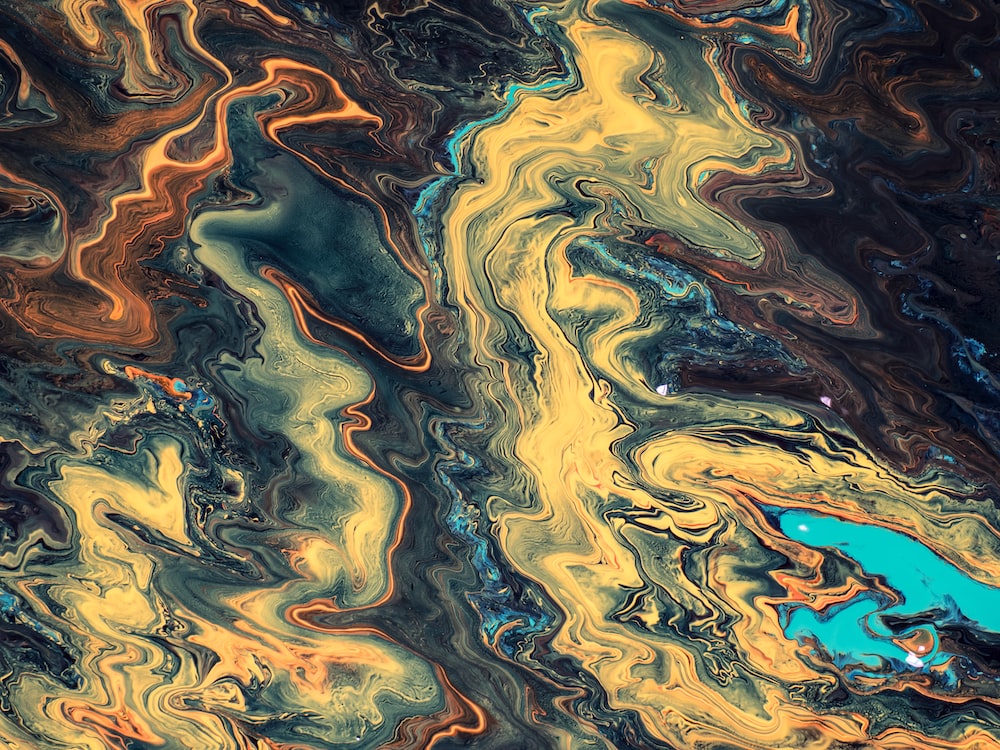10 Common Myths About Spill Absorbent

Many myths surround oil spills and the products companies use for cleanup. Read up on these myths to choose the right equipment for oil spill cleanups.
Spills happen no matter how careful you are, and oil and fuel spills can be highly damaging when they come into contact with water and make their way to the lakes and oceans. Not only that, but fuel spills can also pose a safety concern because they can cause fire when left unchecked. Your company must be ready with an oil spill absorbent kit and all the necessary equipment for an immediate cleanup before the spill becomes environmental pollution. But spill cleanups can be confusing. Here are some common myths about oil spills you need to know.
1. A Little Spill Doesn’t Hurt Much
You’re mistaken if you think spilling a little oil on the drain is nothing near like a large spill. Most water going through storm drains goes straight to the rivers and streams. When oil spills (no matter how small) enters the storm drain, it’s the same effect as you pour it directly into the water. One quart of oil can have the ability to contaminate one million gallons of water.
Related: Stormwater management: Choosing the Best Products to Reduce It
2. Kitty Litter is an Oil Spill Absorbent
You might have seen people pouring kitty litter over oil spills. The truth is, while it can work in cleaning fresh spills, it’s not ideal. It’s made of clay and silica. It can stick to many things, including your shoes. This oil spill absorbent also doesn’t absorb liquid well, and the spilled liquid can seep into the floor.
3. Preparing a Proper Spill Kit is Expensive
Depending on the maker, commercial oil spill kits range from $49,95 for a 15-gallon kit to $285 for a 110-galloon kit. Depending on your equipment, you can reuse some materials across spills. So, there should be no financial reason not to be spill-ready.
4. Preparing a Proper Spill Kit is Difficult
Preparing a spill kit seems daunting, but it’s not. If you don’t want to buy commercial spill kits, you can choose to use the things you may already have lying around the house. You can also create your spill kits. The kits should include gloves, goggles, general-purpose absorbent mats, and oil spill absorbents like sorbent socks full of sand, ash or sawdust. Make sure to consult the materials’ MSDS sheet for more information on how to clean it up when spills occur.
Related: 8 Common Types of Spills Kits
5. Oil Spill Absorbent Pads can’t Absorb Up to 10x Its Body Weight
There are many spill absorbers, but organic cotton-based pads are your best option. The main reason is that absorbent spill pads can absorb up to 10 times their body weight in liquids, making them an ideal material to absorb spillage.
6. You Can’t Use an Absorbent Spill Pad instead of Multiple Spill Absorbent Products
Instead of paying extra for multiple absorbent products, you can use organic-based pads. They are versatile and can be used in numerous ways. You can use them as oil spill pads. Or you can use it to soak up any liquid by just placing it under containers that can potentially leak. To clean up spills, you don’t need to soak these pads in the water.
7. We No Longer Need to Worry about Oil Spills
During oil spills, the first thing we can see is the affected water surface, where we can see oil floating. With a large spill, the extent of the damage goes beyond even after companies clean up the surface oil with oil spill absorbent kits. Toxic oil still exists in the environment for decades and can still be present in deeper waters in thick layers and cover large areas of the sea floors even after the cleaning up effort.
8. Attributing Changes in the Environment to the Oil Should Be Easy
When fuel or oil spills happen in an area, it’s easy to blame the chemicals when something goes wrong with the fish or marine population in the region. The truth is coastal ecosystems are highly complicated. Its health depends on many factors like ocean currents, tides, and food availability. Only specially designed scientific studies can determine the effects of hydrocarbons on the environment.
9. All Oil Cleanup Activities Are Beneficial
Not all oil cleanup activities companies do are beneficial. For example, freshwater pulses can kill the oyster population to keep oil spills away from marshes.
Environmental protection should be your company’s top goal! Look at your workplace and your equipment. Determine which substances can spill out of it, grease oil fuel chemicals like solvents and other concerns. Then get all the right tools like oil spill absorbent pads to be ready for a speedy cleanup and dispose of all the soaked material you use. An early cleanup is a way to go before the spill expands and gets out of control.
10. Dead Animals Are the Most Significant Impact from Oil Contamination
Dead animals, oiled birds, and other marine animals are the first things people see when oil spills and environmental pollution make it to the news. While these images are disturbing, they are not the most significant impact on living organisms when spills occur.
Non-lethal effects like tissue damage, hormone level disruptions, DNA damage, and decreased reproduction can severely affect the animals’ long-term survival. Scientists are currently studying these trends, but they need more time.
Get Help with Your Spills
It doesn’t matter in which business your company is in. Your company should have a culture for spills as well as proper disposal. Make sure you know the myths surrounding spills and other absorbents. Do you need help in choosing the best absorbents for spills? Contact us today.
